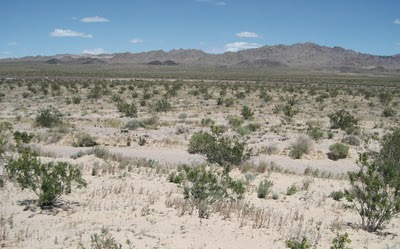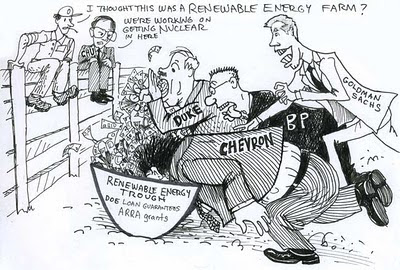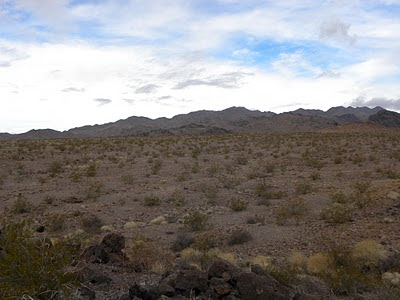In Response to the Atlantic Monthly

The Atlantic Monthly published an article today lamenting that "fledgling" solar energy companies face opposition from environmentalists in the quest to pave over the Mojave Desert with massive solar facilities and transmission lines. The article ridicules our concern over endangered species, and demands an evolution in environmentalism so that we focus on human needs, and abandon what it describes as an outdated focus on conservation of nature far from humans. The article sadly supports an old paradigm in energy generation, where companies are given unfettered access to public lands and we continue to pay inflated rates for electricity. It ignores the real potential to cut greenhouse gasses by building distributed generation (" rooftop solar ") or building larger facilities on already-disturbed land. The EPA already identified ample disturbed land for renewable energy projects as part of its RE-powering America's Land program, and Germany is gener









